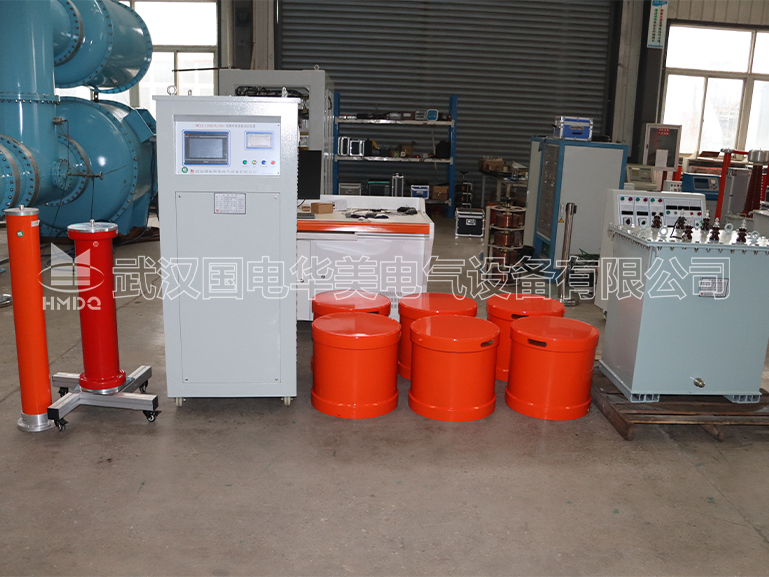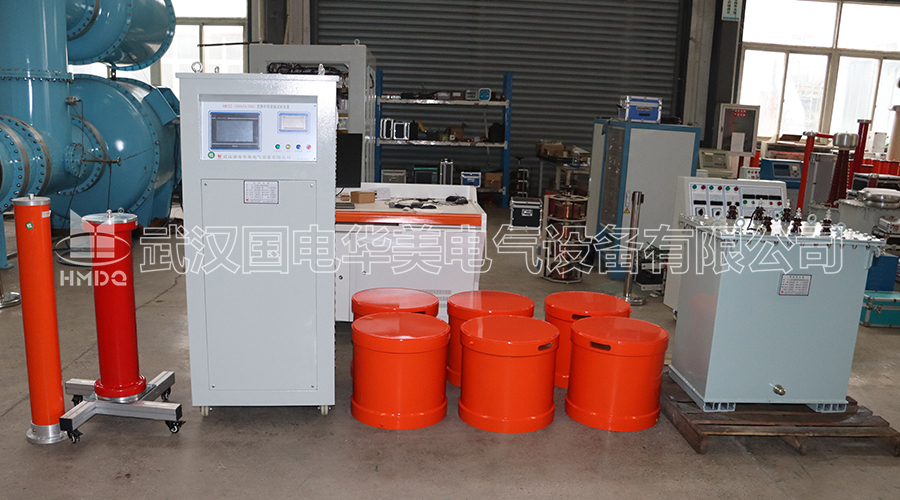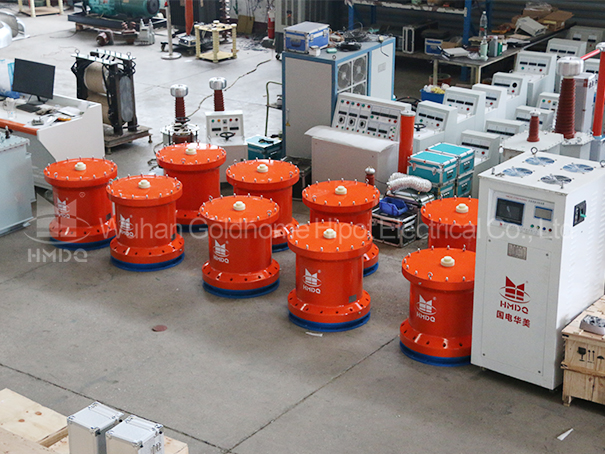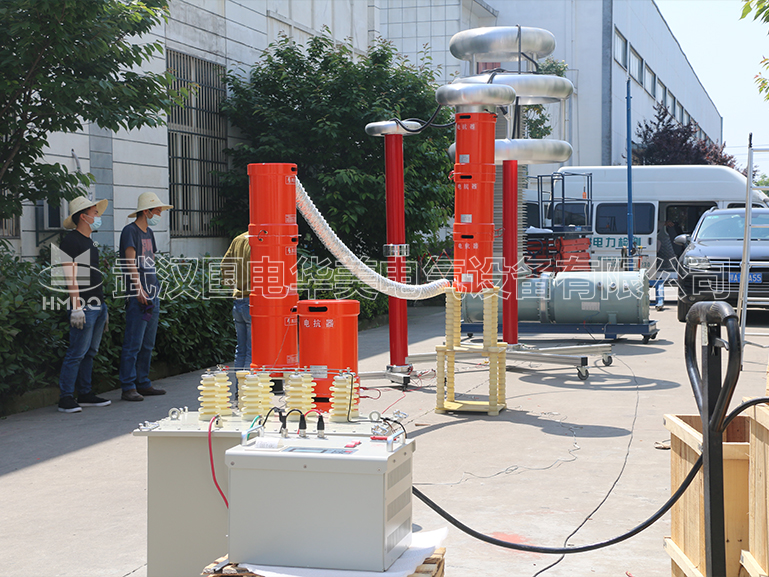The principle of on-load adjustment inductance of modulated AC resonance test system

The principle of load regulation in the resonant testing system for adjustable inductance in the tuning-type communication resonance test system is an important aspect to consider.This system is designed to efficiently test and regulate the inductance of electronic components in communication devices.The load regulation principle plays a crucial role in ensuring the accuracy and reliability of the testing process.
The load regulation in the resonant testing system with adjustable inductance is based on the concept of maintaining a constant output voltage or current despite changes in the load.In this system,the load regulation is achieved by adjusting the inductance of the circuit to compensate for variations in the load.This is essential for ensuring that the resonant testing system can accurately measure the performance of the electronic components under different load conditions.
The principle of load regulation in this system involves the use of feedback control mechanisms to continuously monitor and adjust the inductance of the circuit in response to changes in the load.This ensures that the resonant testing system can maintain a stable and consistent output,regardless of the variations in the load.By effectively regulating the inductance,the system can accurately measure the performance of the electronic components and provide reliable test results.
Furthermore,the load regulation principle in the resonant testing system with adjustable inductance also involves the use of advanced control algorithms and circuitry to achieve precise and rapid adjustments to the inductance.This enables the system to respond quickly to changes in the load and maintain the desired output characteristics,thereby ensuring the accuracy and efficiency of the testing process.
In conclusion,the principle of load regulation in the resonant testing system with adjustable inductance is a critical aspect of its operation.By effectively regulating the inductance of the circuit,this system can ensure the accuracy and reliability of the testing process for electronic components in communication devices.The use of feedback control mechanisms,advanced control algorithms,and rapid adjustment capabilities all contribute to the effectiveness of the load regulation principle in this system.Overall,understanding and implementing this principle is essential for achieving optimal performance and results in the testing of electronic components.
The load regulation in the resonant testing system with adjustable inductance is based on the concept of maintaining a constant output voltage or current despite changes in the load.In this system,the load regulation is achieved by adjusting the inductance of the circuit to compensate for variations in the load.This is essential for ensuring that the resonant testing system can accurately measure the performance of the electronic components under different load conditions.
The principle of load regulation in this system involves the use of feedback control mechanisms to continuously monitor and adjust the inductance of the circuit in response to changes in the load.This ensures that the resonant testing system can maintain a stable and consistent output,regardless of the variations in the load.By effectively regulating the inductance,the system can accurately measure the performance of the electronic components and provide reliable test results.
Furthermore,the load regulation principle in the resonant testing system with adjustable inductance also involves the use of advanced control algorithms and circuitry to achieve precise and rapid adjustments to the inductance.This enables the system to respond quickly to changes in the load and maintain the desired output characteristics,thereby ensuring the accuracy and efficiency of the testing process.
In conclusion,the principle of load regulation in the resonant testing system with adjustable inductance is a critical aspect of its operation.By effectively regulating the inductance of the circuit,this system can ensure the accuracy and reliability of the testing process for electronic components in communication devices.The use of feedback control mechanisms,advanced control algorithms,and rapid adjustment capabilities all contribute to the effectiveness of the load regulation principle in this system.Overall,understanding and implementing this principle is essential for achieving optimal performance and results in the testing of electronic components.




